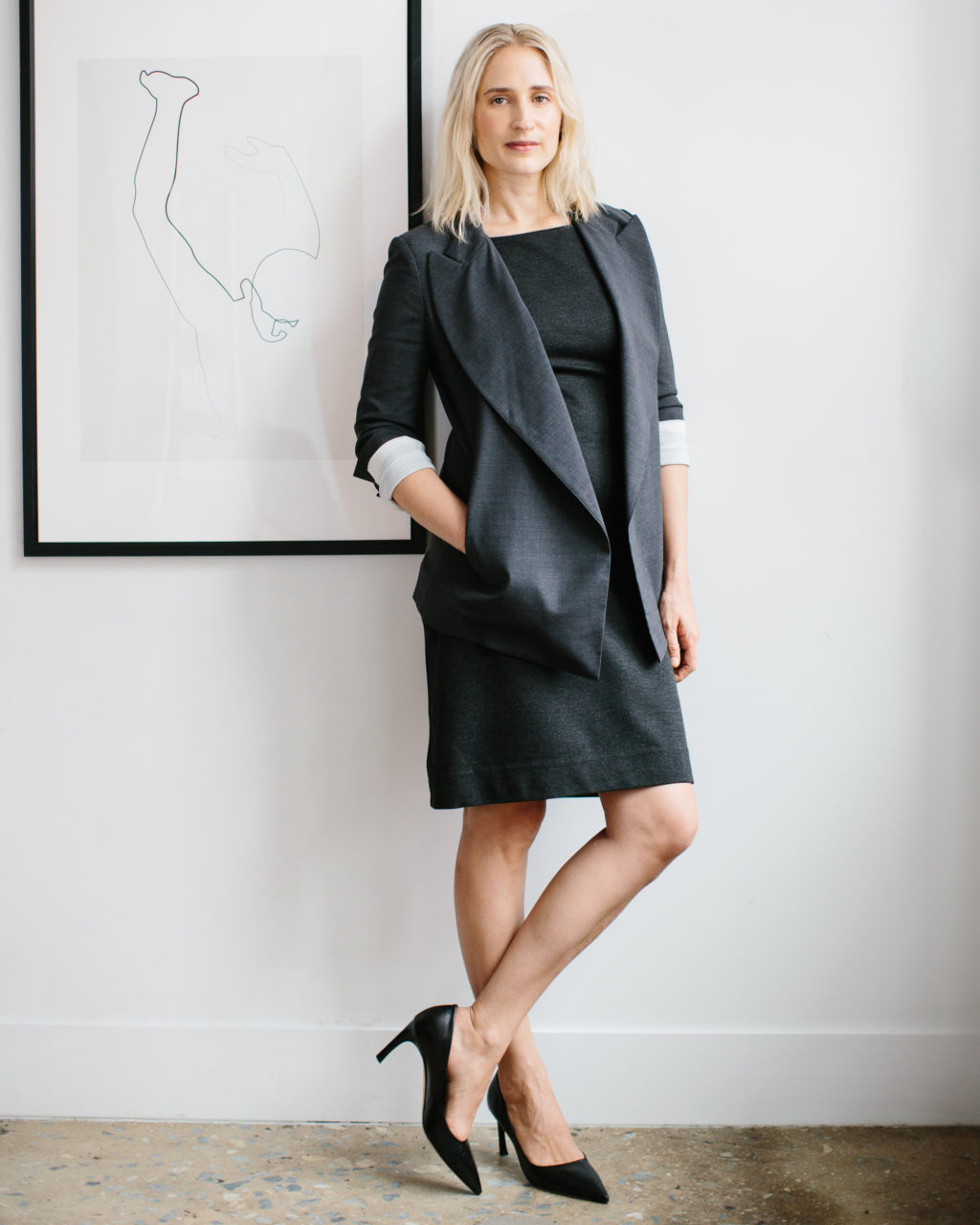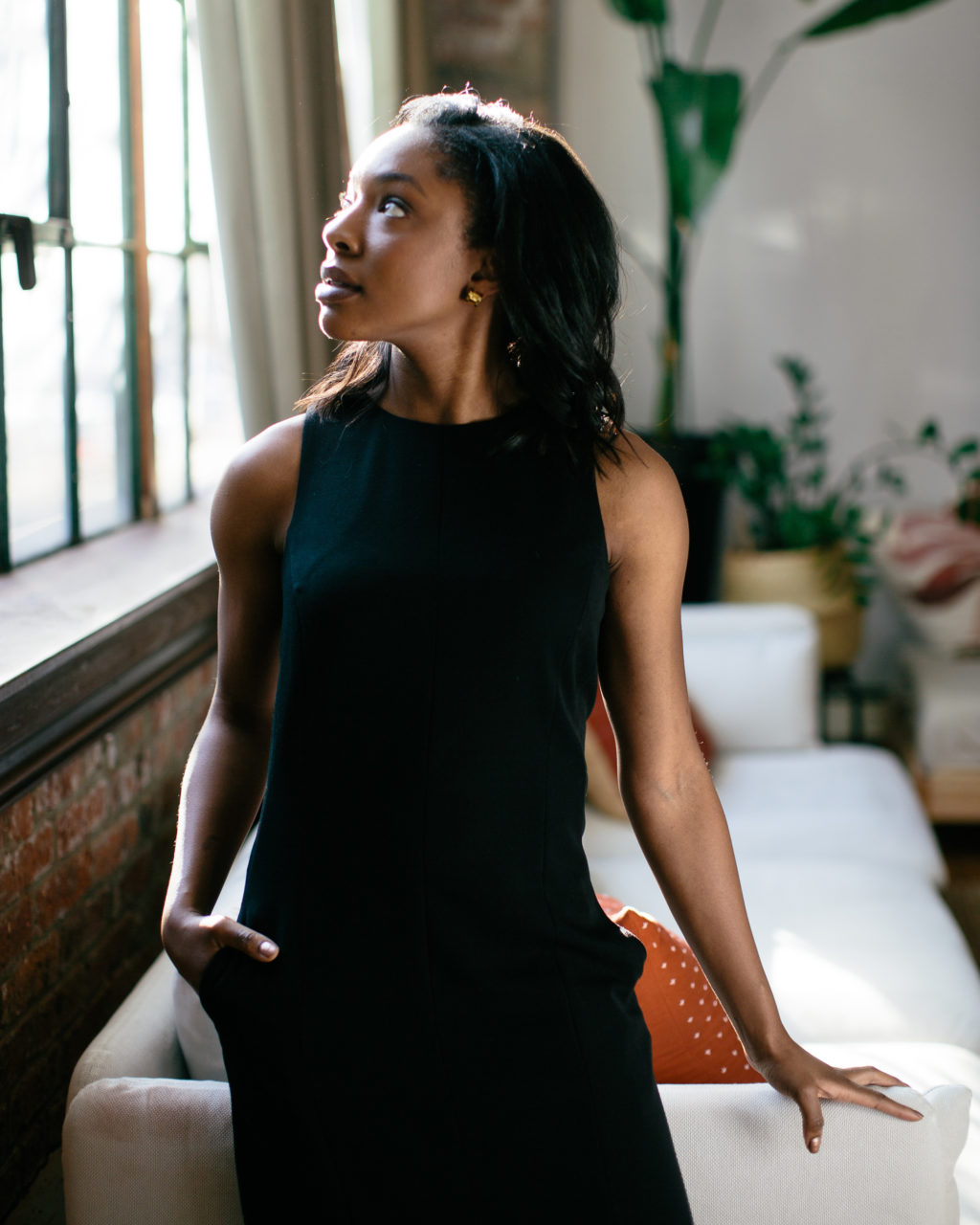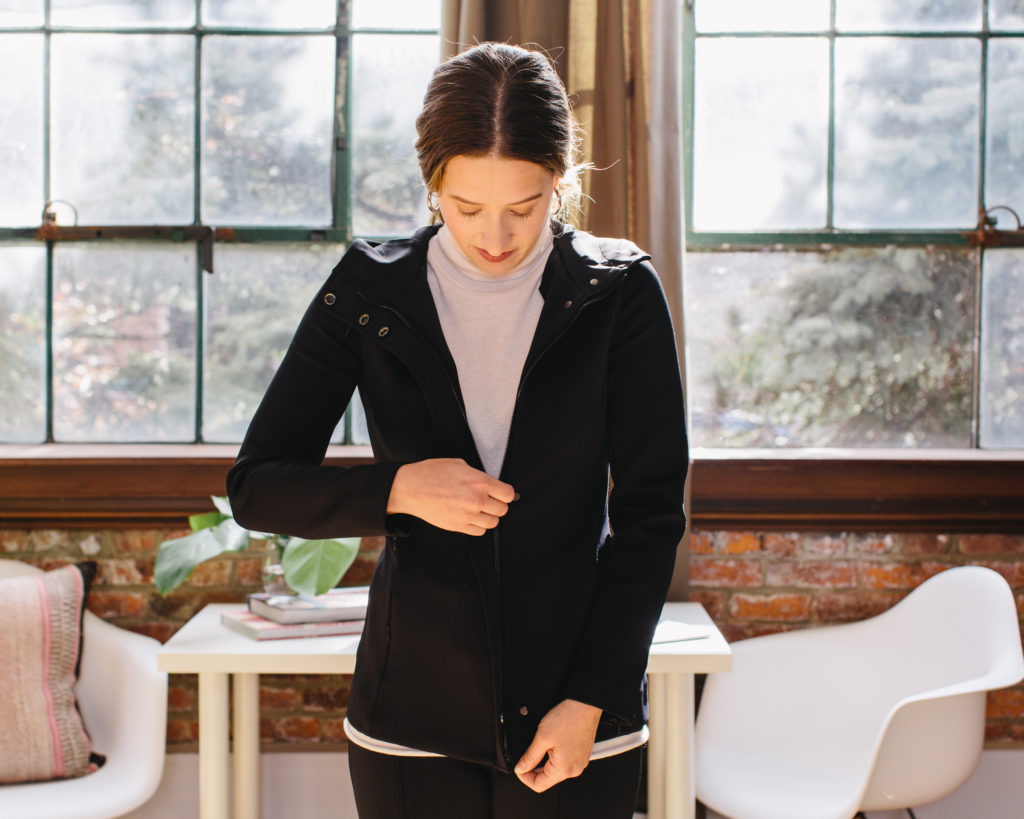Why We Become Emotionally Attached To Certain Clothes
May 17, 2019 | Filed in: Your Brain
A writer examines her emotional connection to the clothes she just can’t toss.
For as long as we have lived together, my husband and I have shared a closet. It is the only closet in our entire apartment and, before he moved in three years ago, I had it all to myself. I love my husband dearly. But I also used to love opening the doors to what was then exclusively my closet and seeing the hangers evenly arranged with wide gaps between each piece of clothing. Encountering my wardrobe this way made everything in it seem higher-end and meticulously edited, like a rack at an expensive department store.
When my husband moved into our apartment, which had been, for five years, solely my apartment, one of the first home projects we set upon was raising the existing bar in the closet and hanging a second one beneath it to accommodate all our things. Now, when I open the doors and see our clothes crowded together, split his and hers right down the middle, I am no longer reminded of a department store but a ragtag clearance rack. Though we are both tidy and organized, it seems like we are always on the brink of having not quite enough room. To maintain this precarious equilibrium, I have set a rule for myself: the old must make way for the new.
Why We Love To Keep Stuff

Caroline wears the Lydia dress, Oliver jacket, and Ginger pumps.
Sticking to that mandate can be both incredibly freeing and excruciating. My desire to “consciously collect,” as it is sometimes termed, comes from something bigger than the mere limitations of storage space. The phrase “less is more” is often associated with the German-born architect Ludwig Mies van der Rohe, who, along with Frank Lloyd Wright and Le Corbusier, among others, pioneered modernist architecture in the mid 20th century; in the decades since, that mantra has become increasingly topical, permeating mainstream dialog about sustainable shopping and fashion, in theory if not always in personal practice.
More recently, minimalism has gained popularity among millennials, who, compared to previous generations, are less likely to have spare square footage to contain clutter. Lifestyle magazines and Instagram interior design influencers avidly curate everything down to their hand wash. And, at the same time, Marie Kondo, author of The Magical Art of Tidying Up, and her followers advocate for the idea that we should only keep things that “spark joy” (a mandate that can be open to interpretation). And in my personal case, clothes literally hang in the balance.
“What belongs to us, and what we give away, always seems very precious to us.”
I comfort myself with the fact that my struggle to let go of things is not something I have complete control over. The reality is that people are wired to want to keep stuff, and our — clothes and whatever — neurological basis. Another mid-century icon, the Swiss psychologist Jean Piaget, observed that children exhibit an extreme preference for their own things, even when presented with exact replicas, for the same reason that I sometimes think I would rather lose a toe than give away a pair of shoes I absolutely adore but pinch my feet. Piaget’s research contributed to what is now known as the endowment effect, a simple interpretation that resonates with how we relate to our wardrobes.
Envision, for instance, a dress hanging in your closet. Then imagine that you come across an identical dress in the window of a boutique. The two dresses look exactly the same, but you identify with the dress you have at home. To study this relationship, scientists reviewed the brain activity of people looking at two baskets, one labeled “mine” and the other “Alex’s.” What they found was that the region that comes to life when we think about ourselves also ignites when confronted with things we own. Machine resonance imaging might have supplied scientific proof, but that conclusion is intuitive and even ancient. More than 2,000 years ago, in the Nicomachean Ethics, Aristotle wrote: “What belongs to us, and what we give away, always seems very precious to us.”
Finding Joy In A New Context

Alyssa wears the Constance dress and the Vonetta earrings.
I was reminded of this quote during a recent Sunday morning closet purge, a ritual I perform often to varying degrees of success. Standing there staring at my clothes and trying to zero in on pieces that I could weed out to make room for new spring acquisitions, I pulled out a long, maroon-striped skirt that had been a favorite several seasons ago. Though once beloved, in that morning’s light it appeared dowdy and unflattering, too familiar to have retained any of its original shine. Along with a few other pieces, I yanked it from the hanger, laying out the skirt with a silk printed blouse and a pair of suede espadrilles. I planned to take pictures to post on a consignment fashion app. But when I decided to try on the look for the photos, my intention to let go dissolved.
I had never thought to wear that skirt with any of the other pieces I put on that day — it was an outfit made up of clashing patterns that magically became complementary — but in this refreshed context, it became charmed again. I remembered why I liked it in the first place, and couldn’t imagine giving it away. Back in the closet went the skirt, now preferable to the other tea-length options I had been perusing on the internet. I wore it the next day with that outfit, adding a pair of statement earrings, feeling pleased that all the components somehow felt new again.
It’s as though, by buying even the most mundane thing Marilyn Monroe owned, you’re acquiring an item somehow imbued with Marilyn herself.
This cycle — of selecting something I think I am done with only to discover that I can’t yet allow it out of my life — happens relatively often with clothes. In fact, entertaining the idea of getting rid of something is often a surefire way to reignite interest. I’ll pull things I haven’t worn in more than a year and ask myself if I am truly ready to say goodbye. Sometimes the answer is yes and it will go in the sale pile. But then, someone will want to buy it, and I may change my mind. The only antidote to potential seller’s remorse is a price that offsets that reticence, a calculus linked to a set of behavioral economics concepts called “willingness to pay” (WTP) and “willingness to accept” (WTA). Both are true to what they sound like, and get at what is happening in my brain when I stubbornly refuse to sell something: What I have encountered is the tipping point of cost versus benefit when it comes to relinquishing ownership.
Of course, our attachment to clothing is as specific as our own memories and the items in question; most everyone has a story about something they recognize has no useful application in their life anymore but still can’t part with. As we get older, ownership becomes more complicated, and our relationship to stuff more elaborate, according to the psychologist Christian Jarrett. In a TedX talk, Jarrett pointed to the way that people collect the possessions of celebrities. It’s as though, by buying even the most mundane thing Marilyn Monroe owned, you’re acquiring an item somehow imbued with Marilyn herself. Jarrett connected what he calls ‘associative valuation,’ and personalization, to the way people feel about family heirlooms: Despite knowing that things are just things, they have the ability to make people feel more connected to the previous owners. We become protective stewards of stuff: a sense of responsibility that, in the extreme, is a basis for hoarding. When that happens, the healthy line between ourselves and our stuff has broken down.
Memories Are Part Of Its Fabric

Liz wears the Patricia top, the Chen parka, and the Tristan earrings.
I like to believe that my own tight tethers to my possessions are healthy — at least, this is what I tell myself in regards to the wedding dress I could have easily sold, and will theoretically never wear again, rolled up in a box underneath my bed. Currently hanging on a hook in my closet is a plaid shirt, bought a decade ago at a crummy vintage store on Venice Beach. An old love and I had spent the day in the sun, splashing in the waves and napping in the sand. When the wind began to blow, I wandered off to look for a cover-up of some variety, and that’s when I found the shirt. Soft and oversized, it was the red of a hundred cycles through a washing machine. It cost $12 and soon became my favorite thing to wear at home. I haven’t lived in California for almost a decade and that love is long gone. But the shirt has stuck around, and, like the story of the Velveteen Rabbit, is more cherished for all its wear. It has holes in the armpits and there are buttons missing that I have no plans to replace. Still, I can’t imagine letting it go. It’s mine, it’s me. My memories are part of its fabric.
So where does that leave my closet and my one-in-one-out rule? Still walking on a tightrope walk, I’m afraid. My husband — who is less a minimalist than a pragmatist who hates to shop — easily maintains his side of the closet, while I continue to scheme about how to pare down my clothes and make room for some yet-to-be-discovered must-buy. While I sometimes find my rule maddening, its overall effect has been positive: Following it forces me to really consider what I buy through the lens of what I’ll want to keep. It has curbed my impulse shopping and pushed me to get creative with the things I already have.
Above all, and perhaps more pertinently, I love having plenty of options.
At the same time, I am clearer now on what I want my wardrobe to reflect about my style. Another concept in psychology, called enclothed cognition, examines why certain clothes can make us feel, and therefore become, more competent, or confident, or creative. The power that clothes hold over us is another component of attachment, and something I think about more now when I am shopping.
My style will never be completely streamlined, and I will never be the sort of person with only 10 items in her closet. I love loud prints, wide leg pants, bright red high heels, and loud jewelry. Above all, and perhaps more pertinently, I love having plenty of options. But years ago, on a clearance rack in Manhattan, I unearthed a white linen blazer and had it tailored to a perfect fit. Whenever I put it on, I feel powerful and pulled together, like the chicest, most magnetic version of myself. I have worn it to career-changing interviews and brunches with girlfriends. I wore it the day my husband and I picked up our wedding license at the county clerk’s office and to our rehearsal dinner with a full-length white lace dress. This blazer holds a special place in my history, and subsequently in my closet. But it is also a guiding example of what I strive to collect in my wardrobe, because my attachment to it is predicated on the way it draws out my own ideal version of myself. It’s a high bar, but a worthy one to measure all future acquisitions against.
Photographs by Christine Han.





